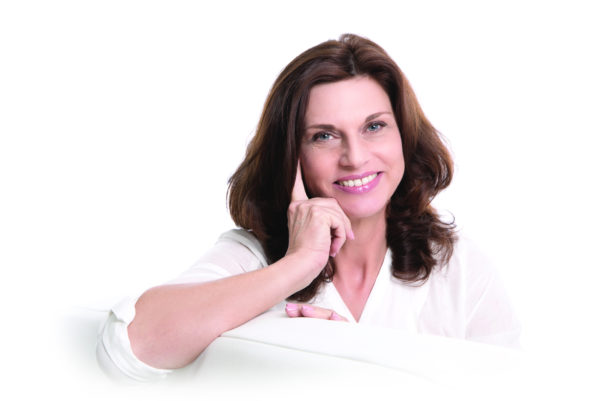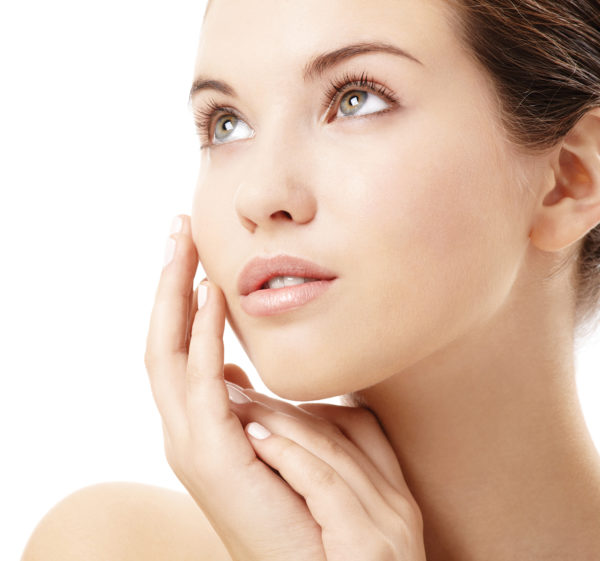Like Mother like Daughter?
We owe a great deal of our facial appearance to our mother and for that matter our father. We are after all made up of 50% of our mother’s and 50% of our father’s genes.
Eyes – Dark Circles/Troughs

9/8/18
The appearance of our under eye area is influenced by various factors including the underlying bone structure, fat pads, laxity and thinness of the skin. The under eye area has the thinnest skin on the body and as it thins with ageing it becomes more transparent and deeper blood vessels may start to show. The hollowing is accentuated by a shift in the fat in the compartment immediately under the eye and the gradual movement of the cheek downwards. The combination of shadowing from hollowing and blue tones from the underlying vessels contributes to the darkness under the eye. People with darker skin tones or those prone to pigmentation often develop unwanted brown discolouration inch further exacerbates dark circles.
Much of this is inherited from our parents as bone structure, distribution of fat, skin tone and skin quality are in part down to our genes.
Rosacea & Facial Redness
Again with facial redness and conditions like Rosacea there is a strong hereditary component. We know that some skin types particularly 1 and 2 are more likely to develop facial redness. The classic example is the Celtic skin type with fair or red hair and freckles. This makes them more vulnerable to UV damage. There is also evidence to suggest that these paler skin types with Rosacea are deficient in certain types of lipids meaning that their surface external skin barrier is defective. Their skin is also more reactive as they contain receptors that act like early warning sensing systems that are more excitable. The consequences of reduced skin barrier function are that external elements penetrate more easily and this triggers greater stimulation of more ‘hyper’ receptors which in turn sparks inflammation deeper in the skin. It is this inflammation that increases the number of blood vessels and blood flow into the skin.
Jowls / Lower Face Sagging

High prominent cheek bones with a good fat covering are such an important asset and if your mother has them then you want to inherit them. The reason is that they support much of the lower face helping to keep the canvas of the face pulled backwards and upwards. The critical point is the most outward point on the cheek bone or zygomatic arch as we doctors like to call it. Good lateral support also helps to elevate the cheek area under the eye and thus helps to prevent fat movement, hollowing under the eye and the formation of the tear trough.
Aesthetic practitioners are trying to reproduce that prominent cheek bone by using deeper volumising fillers to replace fat loss and some degree of bone reabsorption that occurs with age.
Sun Spots / Age Spots / Melasma
There is a very strong genetic element at play here where our genes will closely affect our skin type and in turn the activity of our melanocytes. Skin types 1 and 2 are more vulnerable to UV damage so are more at risk of sun spots and patches of pigmentation which tend to stand out more against the player background. However those with darker skin types also have to take care as some of the worst forms of unwanted pigmentation occur in those with skin of colour. This is because their melanocytes are extremely active and produce melanin after only slight UV stimulus. It is why we encourage everyone regardless of skin type to use a daily shield of protection to reflect UV and reduce the chance of triggering unwanted pigmentation. Melasma is a separate condition where large patches of pigmentation occur on the face often being triggered by hormonal changes such as starting the oral contraceptive or pregnancy. This condition tends to run in families as there is a strong genetic predisposition to the problem.